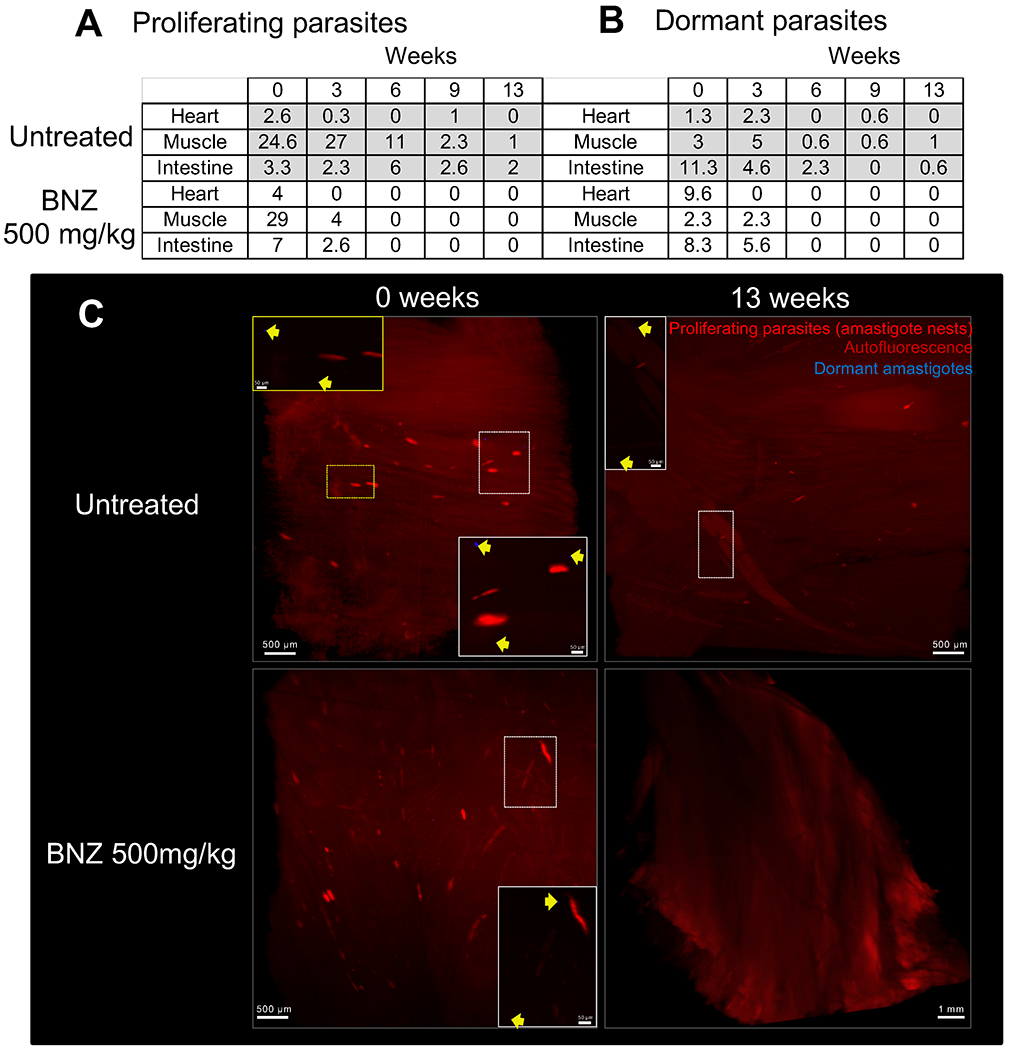Fig. 6. Active and dormant parasites decline after weekly treatment with 500mg/kg of BNZ.

C57BL/6 wild-type mice (15 mice/group) were intraperitoneally infected with 4 ×106 trypomastigotes of the tdTomato-expressing Colombiana strain of T. cruzi stained with DiR near-infrared dye. Mice were untreated or treated weekly, starting 37 days post-infection, with BNZ at 500mg/kg concentration over 12 weeks. On weeks 0, 3, 6, 9 and 13, 3 mice per group were euthanized and perfused. After dissection of the heart, muscle and intestine tissues were clarified and scanned by LSFM. (A) Automated quantification of total tdTomato-positive parasite nests in 3D reconstructions of the heart, skeletal muscle and intestine of mice untreated and treated with 500mg/kg of BNZ. The results correspond to the average number of nests in tissue samples from 3 individual mice (Table S1A). (B) Automated quantification of total DiR-positive dormant parasites. The results correspond to the average number of dormant parasites in tissue samples from 3 individual mice (Table S1B). (C) Representative 3D reconstructions of skeletal muscle showing tdTomato-positive parasite nests (red) and DiR-positive dormant individual amastigotes (blue) in untreated (0 weeks) and treated (13 weeks) mice. Yellow arrows indicate DiR-positive dormant amastigotes.
